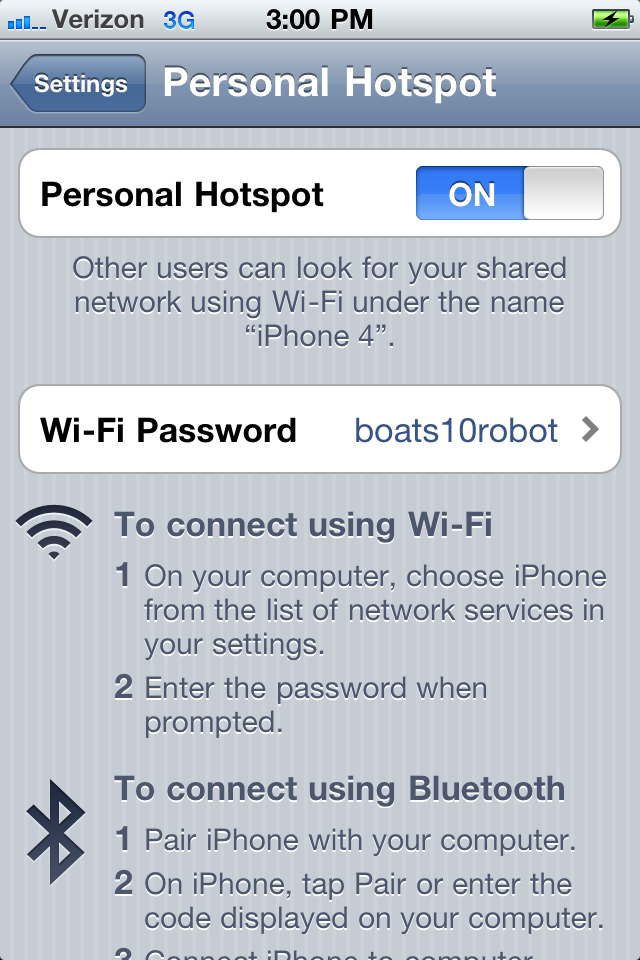
From a administrative and financial aspect, BYOD makes sense. You don’t have to provide the students with either laptops, leases, or access to machines and the cost savings are brilliant. You do still have to provide the students with network and Internet access, but that’s something that most schools do anyway.
.jpg)
Source: http://viewology.net/wp-content/uploads/2011/03/DSC_0245
-MacBook-Pro-13-On-for-First-Time.jpg
You also have transferred the onus of responsibility and care of the device to the students as opposed to the school. The students are responsible for caring for their own device and insuring it. Interesting that students DO take much better care of their own machines compared to ones leased from or provided by the school. The students also make more use of their BYOD, too. It's their device, and they have customized it (this is a trait of 21st century learners) to suit themselves.
One of the issues people do raise is the distribution and access to materials, and this too can be easily solved. We have not stated the software students can use but have stipulated the files formats. For example:
- Documents – Microsoft .doc format – this is accessible from MS office products from 2003 upwards, iWorks pages, Open Office Writer etc
- Presentation – Microsoft .ppt format -this is accessible from MS office products from 2003 upwards, iWorks keynote, Open Office impress etc
- Spreadsheets – Microsoft .xls format - this is accessible from MS office products from 2003 upwards, iWorks numbers, Open Office calc etc
- Uneditable documents – adobe .pdf format
- Audio – .mp3 format
- video – .avi and mpeg4 formats
- images – .jpg format
By specifying the file format rather than the product, we have enabled the students to use any operating system or hardware. This suits different preferences and different budgets.
Connection has been streamlined and uses some great technology that allows the students to register the devices using the Mac address and then access the network via a login.
These are the easily solved bits of a BYOD program, and the easy advantages.
The more challenging aspects are the control and safety questions. The challenges faced are things like what do the students bring to school in their laptops? Unacceptable, inappropriate, or illegal materials? In our system they cannot access blatantly inappropriate material. We track and monitor all other sites. But this is only effective for active online access, not what is brought in from either cached or deliberately saved personal activity. Nor does this cover the inappropriate use of the laptop (ex: the student playing games etc.)

Source: http://km.support.apple.com/library/APPLE/APPLECARE
_ALLGEOS/HT4517/HT4517_06----en.png
We cannot stop the students using their own personal network connections, either. We had a contractor earlier in the year who cut our Internet pipe. It was fascinating to watch, as the students lost connectivity, the number of personal hotspots and alike that popped up as the students sought other methods of resolving the Internet outage. Using these methods, personal hotspots etc, students can easily connect to social media sites which many schools do try to block.
So ... The shift to BYOD is fundamentally based on a trust model. The school has accepted that they no longer have control. They have realized they no longer have the same rights of search and seizure that leased and school-owned machines had. They no longer have the same level of monitoring of software, Internet, and such that they previously had. A question worth pondering is how much of the students appropriate use at school is made by choice and how much is derived from the restrictions that school systems have in place to prevent unacceptable activity?
The importance of digital citizenship is PARAMOUNT in a BYOD school. If inappropriate activity has been curtailed by restriction, what will happen when you remove these restrictions? What will happen when the students can install their own software (legal or illegal), connect to their own Internet connection, and avoid school based filters?
We must instill in our students a strong ethical and moral approach to the use of technology, an approach that is respectful to themselves, to other people, and to property. This ethical and moral approach is backed not by a regime of “these are the rules, now follow them”, but rather by understanding and transparency. “Here is our approach, this is why we do this, here are the impacts of this, and these are the people who are effected.”
It's only by being transparent and open, honest, and clear that the students will accept and follow the behaviours and norms that the organization requires. And this is the only way a BYOD program will flourish ... IMHO.
